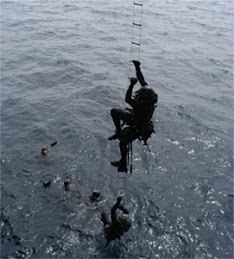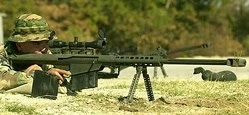Jumaat, 1 Februari 2008
UAV classification
UAVs typically fall into one of six functional categories (although multi-role airframe platforms are becoming more prevalent):
*Target and decoy - providing ground and aerial gunnery a target that simulates an enemy *aircraft or missile
*Reconnaissance - providing battlefield intelligence
*Combat - providing attack capability for high-risk missions (see Unmanned Combat Air Vehicle)
*Logistics - UAVs specifically designed for cargo and logistics operation
*Research and development - used to further develop UAV technologies to be integrated into field deployed UAV aircraft
Civil and Commercial UAVs - UAVs specifically designed for civil and commercial applications
They can also be categorised in terms of range/altitude and the following has been advanced as relevant at such industry events as ParcAberporth Unmanned Systems forum.
-Handheld 2,000 ft (600 m) altitude, about 2 km range
-Close 5,000 ft (1,500 m) altitude, up to 10 km range
-NATO type 10,000 ft (3,000 m) altitude, up to 50 km range
-Tactical 18,000 ft (5,500 m) altitude, about 160 km range
-MALE (medium altitude, long endurance) up to 30,000 ft (9,000 m) and range over 200 km
-HALE (high altitude, long endurance) over 30,000 ft and indefinite range
-HYPERSONIC high-speed, supersonic (Mach 1-5) or hypersonic (Mach 5+) 50,000 ft (15,200 m) or suborbital altitude, range over 200km
-ORBITAL low earth orbit (Mach 25+)
-CIS Lunar Earth-Moon transfer
Langgan:
Catat Ulasan (Atom)








Tiada ulasan:
Catat Ulasan